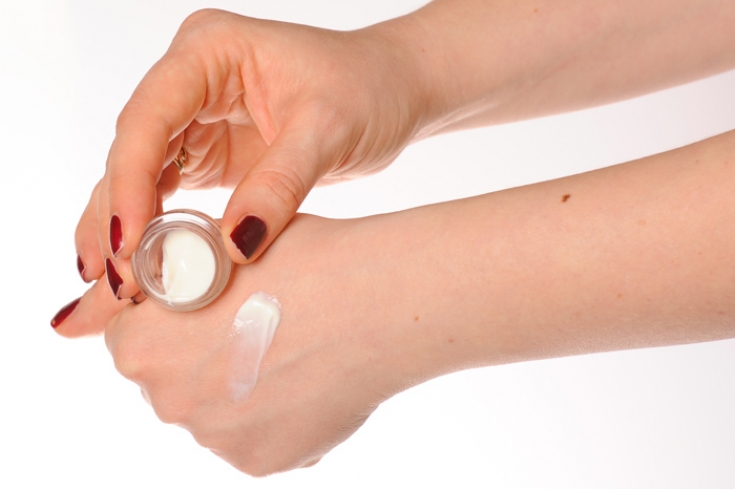Doctors of many specialties dream of finding a remedy that would accelerate wound healing. At the same time, aesthetic medicine professionals want such a remedy not only to heal wounds on the skin faster, but also to prevent gross scarring, transfer the process of tissue repair to the most non-emergency, adaptive path. Recently, dermatologists and cosmetologists have been interested in products containing epidermal growth factor. Estet-portal.com believes that it is he who owns the future in matters of healing skin lesions.
Importance of epidermal growth factor for human skin
Epidermal Growth Factor (EGF) was discovered in 1962, scientists discovered it in the submandibular gland of mice, for which they received the Nobel Prize a little later. Later, epidermal growth factor was found in human salivary glands, it is present in phagocytes, platelets, blood plasma, saliva and urine, and breast milk.
Epidermal Growth Factor – it is a protein that stimulates cell growth, one of the most active among the known polypeptide growth factors.
Epidermis growth factor is able to stimulate cell proliferation and differentiation, restore skin structure.
EGF polypeptide binds to the corresponding receptor on the cell surface and stimulates the activity of intracellular thyrokinase proteins, triggering a cascade of the following biochemical changes:
• increase the concentration of intracellular calcium;
• enhance the processes of glycolysis;
• increases the rate of protein and DNA synthesis.
The result of these biochemical transformations is cell division. In the presence of epidermal growth factor, cell division occurs faster than without it.
In a deteriorating environmental situation, under the influence of smoking, malnutrition, various infections and chronic diseases, a sufficient amount of EGF ceases to be produced in the human body. Therefore, the healing time of wounds and various skin lesions increases significantly. The use of EGF in cosmetics makes it possible to satisfy the needs of the skin for this polypeptide.

Epidermal growth factor in cosmetics: how it works
When the skin is damaged on the surfaces of cell membranes in the area of the wound, the number of receptors that are sensitive to epidermal growth factor increases. In response to this, its intensive movement from other tissues to the site of damage begins.
The growth factor binds to receptors, penetrates into the cell, triggering complex chemical processes for the growth and differentiation of epidermal cells and other tissues.
At the same time, the immune system is activated, which seeks to reject damaged skin structures and this causes severe skin stress.
Epidermal Growth Factor helps to line the damaged surface of the skin with new cells, which promotes wound healing.
In response to skin stress, new cells are formed faster than under normal conditions. On the one hand, this prevents the development of wound infections, but on the other hand – carries the risk of forming scar tissue. However, topical application of cosmetic products containing epidermal growth factor reduces skin stress. Under their action, own reserves of tissue repair are initiated, and wound healing processes proceed more neutrally, pathological scarring is prevented.
When using products with epidermal growth factor, the synthesis of hyaluronic acid, collagen and elastin gradually increases. As a result, the appearance of damaged skin improves rapidly, which is especially important after traumatic facial cosmetic procedures.







Add a comment